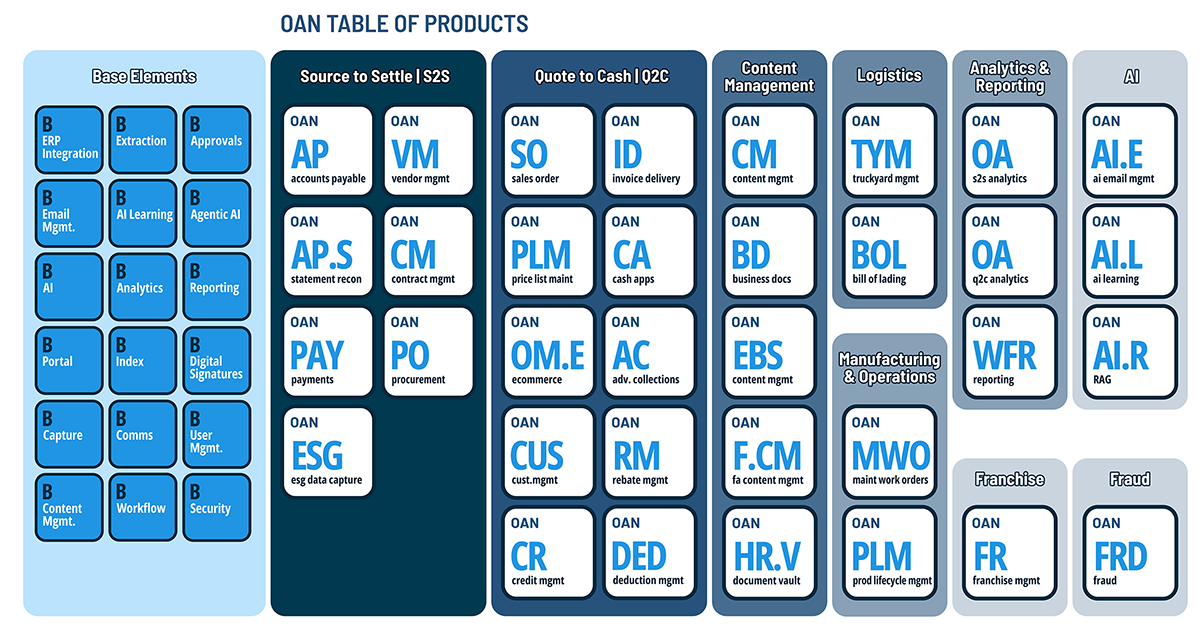With ESG pressures escalating across regulatory, investor, and stakeholder realms, finance leaders are thrust into the forefront of sustainability reporting. The transition from scattered disclosures to actionable insights is not a future goal, but an urgent necessity. To achieve this, CFOs require more than just spreadsheets and static dashboards—they need a robust data foundation.
This shift requires more than simply tracking emissions or diversity metrics. It calls for integrating sustainability into the core of financial operations, with clearly defined KPIs, audit-ready processes, and interoperable digital systems. In short, ESG must be treated as a fundamental extension of financial data governance.
Why ESG Metrics Now Fall Under Finance
Historically, environmental and social reporting has been the domain of sustainability teams or external consultants. But with evolving mandates like the EU’s CSRD, SEC climate disclosure rules, and investor calls for transparency, ESG metrics are becoming core to financial disclosures.
Finance teams are not only uniquely positioned but also inspired to bring rigor, process discipline, and data credibility to ESG, ensuring disclosures are both compliant and decision-useful. Their leadership in this area is not just a responsibility, but a source of motivation and inspiration.
Key drivers pushing ESG into finance’s domain:
- Regulatory expansion: ESG disclosures are shifting from voluntary to mandatory, especially in carbon accounting and supply chain sustainability.
- Investor scrutiny: Institutional investors are integrating ESG into capital allocation models and demanding standardized, verifiable data.
- Operational impact: ESG performance increasingly affects credit ratings, procurement eligibility, and brand equity.
Challenges in ESG Data Collection and Reporting
Despite growing urgency, most organizations struggle with ESG data accuracy, consistency, and traceability. Some of the most common issues include:
- Data silos across departments (HR, procurement, facilities, etc.)
- Inconsistent definitions for metrics like Scope 3 emissions or board diversity
- Manual processes for aggregating, validating, and reporting sustainability data
- Limited auditability of ESG figures presented to regulators or investors
Without structured systems, ESG reporting is reactive and burdensome—often resulting in missed opportunities or compliance risks.
Laying the Data Foundation: A Finance-Led Approach
To overcome these obstacles, CFOs are applying traditional financial control principles to sustainability data. That means:
- Standardizing ESG KPIs across the enterprise
- Establishing ownership of ESG data collection and validation processes
- Embedding ESG into ERP systems, procurement platforms, and finance workflows
- Leveraging automation to streamline data collection and maintain version control
Much like SOX compliance required rigor in financial reporting, ESG compliance demands systematic controls, transparency, and traceability—finance is already equipped to lead this charge.
What Sustainability Metrics Matter Most?
There is no one-size-fits-all ESG dashboard, but specific metrics are becoming common across sectors. CFOs should prioritize metrics that:
- Align with materiality (sector-specific impact and stakeholder expectations)
- Link to enterprise value (e.g., resource efficiency, employee retention, reputational risk)
- Can be reliably sourced and verified
Examples of widely used sustainability metrics include:
- Environmental: Scope 1–3 carbon emissions, water usage, waste diversion, energy intensity
- Social: Workforce diversity, pay equity, health and safety incidents, community impact
- Governance: Board diversity, executive compensation alignment, whistleblower policy adherence, anti-corruption metrics
These metrics can be embedded into financial dashboards alongside traditional indicators such as cash flow, EBITDA, or working capital.
The Role of Automation and Integration
Leading finance teams are turning to finance automation platforms, cloud ERPs, and data orchestration tools to eliminate the friction of ESG reporting. Core benefits include:
- Real-time data ingestion from operational systems (e.g., facilities, HR, procurement)
- Audit trails for ESG inputs and assumptions
- Automated reporting mapped to regulatory frameworks (e.g., GRI, SASB, TCFD)
- Workflow automation for data collection, approval, and issue resolution
In high-maturity organizations, ESG data can be used not only for reporting but for modeling risk scenarios, guiding capital allocation, or optimizing supply chain resilience.
Aligning ESG and Financial Strategy
A growing number of CFOs are aligning ESG goals with long-term financial planning and performance metrics. Examples include:
- Embedding sustainability-linked KPIs in executive compensation plans
- Tying ESG targets to the cost of capital or credit lines
- Including ESG risk scenarios in enterprise risk management (ERM) frameworks
- Identifying ESG-driven operational efficiencies (e.g., energy savings, waste reduction)
This strategic alignment elevates ESG from a compliance obligation to a driver of enterprise value, giving finance leaders a more explicit mandate and more vigorous ROI justification for ESG investments.
Getting Started: Practical First Steps
To begin building a strong ESG data foundation, CFOs should: Convene a cross-functional ESG working group that includes finance, sustainability, IT, and operations. This step-by-step guide provides a clear roadmap for integrating ESG metrics, making the audience feel guided and supported.
To begin building a strong ESG data foundation, CFOs should:
- Convene a cross-functional ESG working group that includes finance, sustainability, IT, and operations.
- Inventory current ESG data sources and reporting obligations (regulatory, investor, internal).
- Define standardized ESG KPIs that reflect material risks and value creation opportunities.
- Integrate ESG metrics into finance systems wherever possible.
- Invest in automation and auditability to prepare for evolving regulations.
Moving Forward with Confidence
Sustainability is no longer a siloed initiative—it’s a core part of financial governance. By embedding ESG metrics into the data fabric of the enterprise, CFOs can unlock transparency, ensure compliance, and drive long-term value creation.
oAppsNET helps finance leaders modernize data processes with intelligent automation, ERP integration, and ESG-aligned transformation strategies. Let us help you today.

